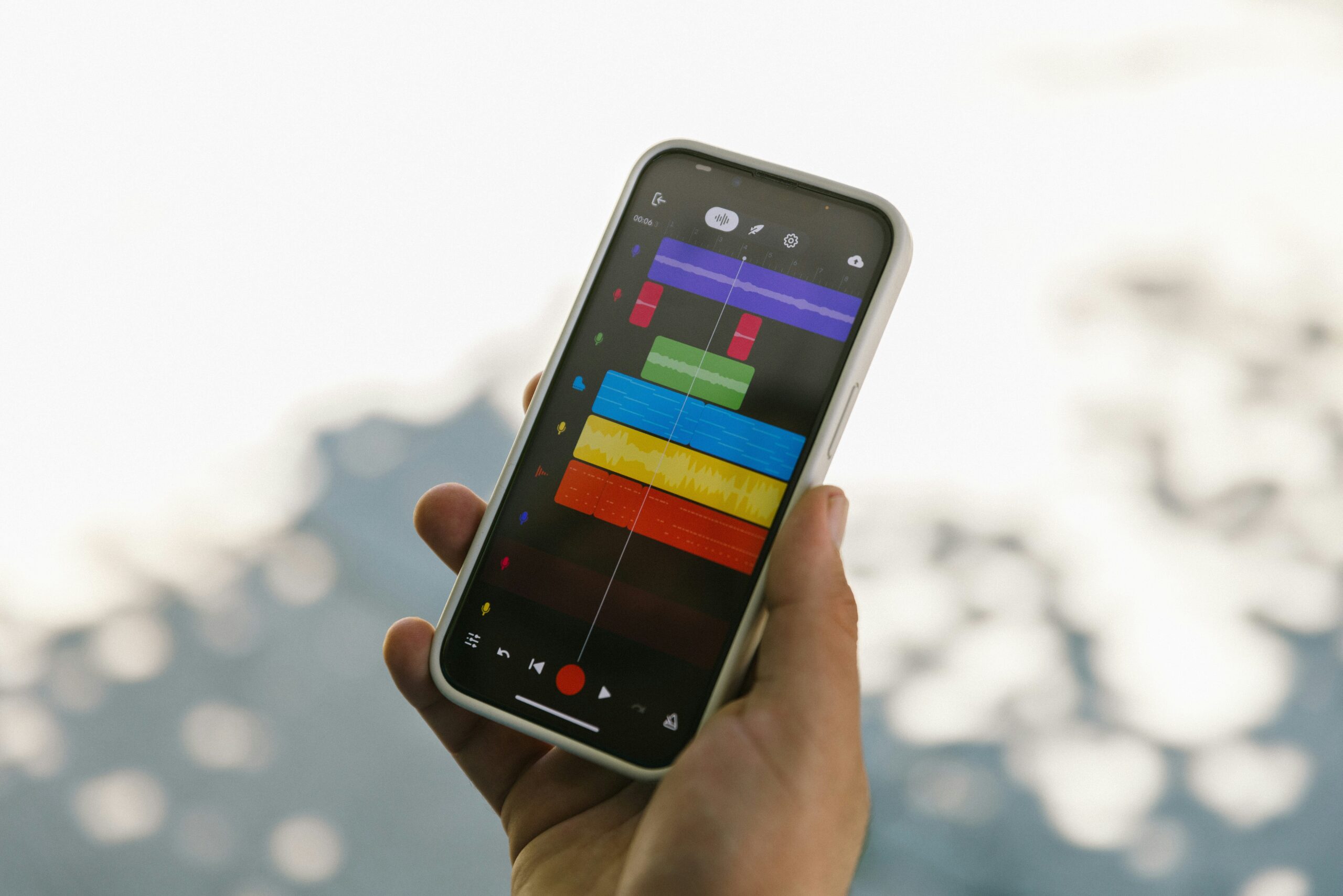Ever found yourself scrolling through your phone at 2 a.m., wondering why you’re still awake despite being exhausted? Or maybe you’ve felt that gnawing tension in your chest without knowing where it came from. If this sounds familiar, you’re not alone—stress is the silent epidemic of our time. According to the American Psychological Association, nearly 80% of people report experiencing stress daily.
In today’s fast-paced world, managing stress requires more than deep breaths or a walk around the block. It demands precision and awareness—and that’s where stress tracking apps come into play. In this guide, we’ll explore how these digital tools can revolutionize your mental wellness, uncover actionable steps to get started, share tips on selecting the best apps, and provide real-world examples to inspire you along the way.
Table of Contents
- Why Stress Tracking Matters More Than You Think
- How to Use Stress Tracking Apps Effectively
- Best Practices for Making Stress Tracking Work For You
- Real Stories: Users Who Mastered Stress Management Through Apps
- FAQs About Stress Tracking Apps
Key Takeaways
- Stress tracking apps are powerful allies for identifying triggers and patterns.
- Using technology to track stress provides data-driven insights for better mental wellness.
- Picking the right app depends on features like mood logging, habit formation, and mindfulness tools.
- Consistency is key—but don’t let perfectionism ruin progress.
Why Stress Tracking Matters More Than You Think
I once ignored all the signs of burnout until my body forced me to listen. My sleep tanked, my patience evaporated, and I ended up snapping at coworkers during a meeting. Sound relatable?
Stress isn’t just “in your head.” Chronic stress has physical consequences like headaches, digestive issues, and even heart disease. But here’s the good news: awareness is half the battle. By using stress tracking apps, you gain a window into your emotional state and behaviors—noticing trends before they spiral out of control.

These apps act as personal journals powered by algorithms, helping you visualize when and why stress spikes occur. From work deadlines to overpacked schedules, understanding your unique triggers empowers you to take proactive action instead of reacting after the fact.
How to Use Stress Tracking Apps Effectively
Optimist You: “This will be so easy—I’ll log everything perfectly!”
Grumpy You: “Wait… what happens if I forget to log one day?”
Fear not—even imperfect usage beats doing nothing. Here are three simple steps to start leveraging stress tracking apps:
-
Step 1: Pick an App That Fits Your Needs
Not all stress trackers are created equal. Some focus on journaling; others integrate biofeedback sensors. Popular options include Moodpath, which offers detailed assessments, and Calm, famous for its meditation library. Choose based on your priorities.
-
Step 2: Set Reminders for Consistent Logging
You wouldn’t skip brushing your teeth twice a day—treat stress tracking with the same consistency. Most apps allow push notifications, reminding you to check in multiple times daily.
-
Step 3: Analyze Trends, Not Just Numbers
Data only matters if you use it. Look for recurring themes—are mornings tougher than evenings? Are Mondays consistently worse than Fridays? These insights help tailor coping strategies.
Best Practices for Making Stress Tracking Work For You
Sure, downloading an app is step one—but optimizing its use takes finesse. Below are five ninja-level best practices:
- Include Context in Entries: Note events tied to each entry (e.g., “Had lunch with Sarah”).
- Experiment With Different Features: Try guided meditations, gratitude prompts, or breathing exercises.
- Sync With Wearables: Devices like Fitbit or Apple Watch amplify accuracy.
- Keep Expectations Realistic: Progress may feel slow—but small wins compound.
- Avoid Overloading Data: Focus on quality, not quantity.

Real Stories: Users Who Mastered Stress Management Through Apps
Take Sarah, a marketing executive who logged her stress levels religiously for six months. Her app revealed a pattern: late-night emails correlated with increased anxiety. Armed with this knowledge, she implemented strict boundaries—no email after 7 p.m.—and reported clearer thinking within weeks.
Then there’s Mike, a college student juggling academics and extracurriculars. Using a mood-based app, he discovered caffeine binges were wrecking his focus mid-afternoon. Cutting back transformed his productivity game entirely.
Pet Peeve Rant: Stop Overloading Yourself With Tools!
Confession: Once upon a time, I downloaded every stress app under the sun because I thought stacking them would magically erase my problems. Spoiler alert—it didn’t. Instead, I got overwhelmed trying to keep up with ten separate interfaces. Learn from my mistake: less clutter equals less stress.
FAQs About Stress Tracking Apps
Are stress tracking apps worth the investment?
Absolutely! Many free versions offer robust functionality, while premium tiers unlock advanced features.
What’s the biggest mistake beginners make?
Expecting immediate results. Building self-awareness takes time, so stay patient.
Can kids benefit from stress tracking apps too?
Yes—but parental guidance helps ensure age-appropriate usage.
Conclusion
By now, you should feel ready to dive into the world of stress tracking apps armed with both practical know-how and realistic expectations. Remember, these tools aren’t magic pills—they’re mirrors reflecting your inner world. When used wisely, they illuminate paths toward healthier living.

So go ahead, download that app—but promise me this: if it feels overwhelming, pause. Breathe. Like a Tamagotchi, your stress management journey needs gentle care.
And remember…
Life throws stones,
Mindful steps carve pathways,
Peace grows wildflowers.

